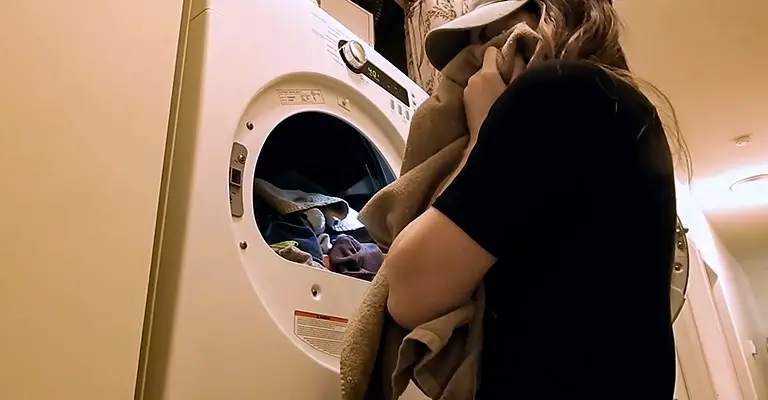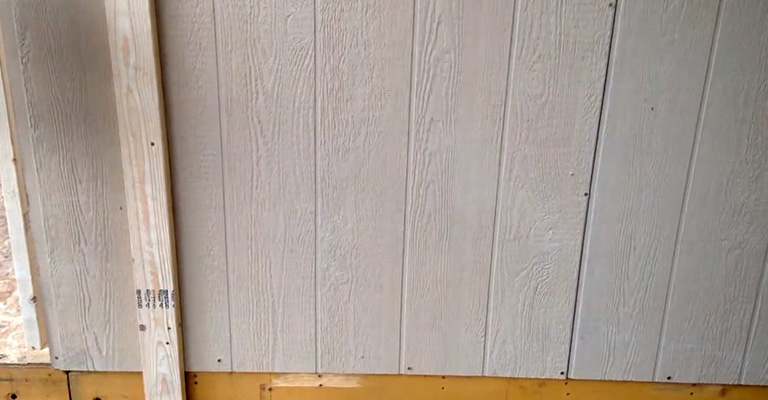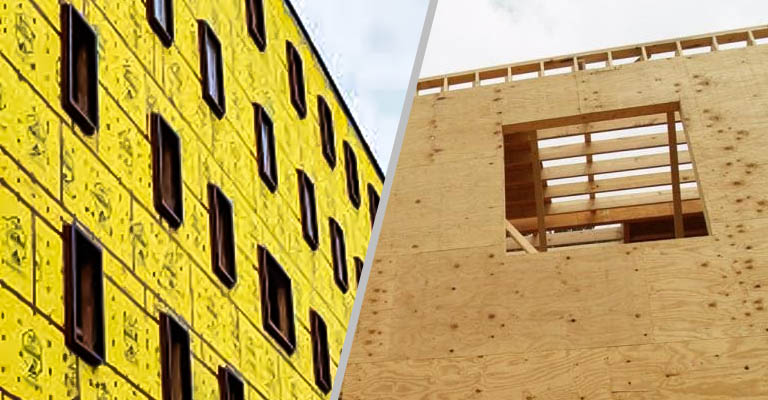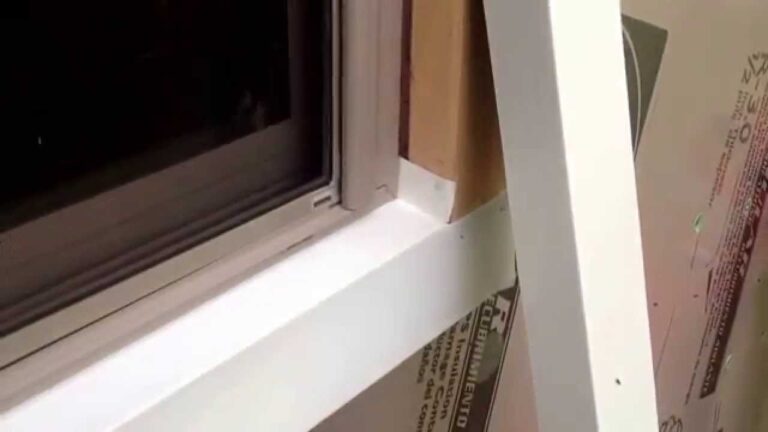What Does Hot Neutral Reverse Mean
The hot neutral reverse is a state of wires in an outlet when the hot wire replaces the neutral wire and the neutral wire interchanges its place with the hot wire.
What Does Hot Neutral Reverse Mean?
The interchange between the neutral wire (usually white) with the phase or hot one (usually a color other than white) is the hot neutral reverse issue.
If you, somehow, touch the hot wire, you become a part of the circuit. The wire will complete the circuit including you and electricity will flow within your body, which means you will get a shock.
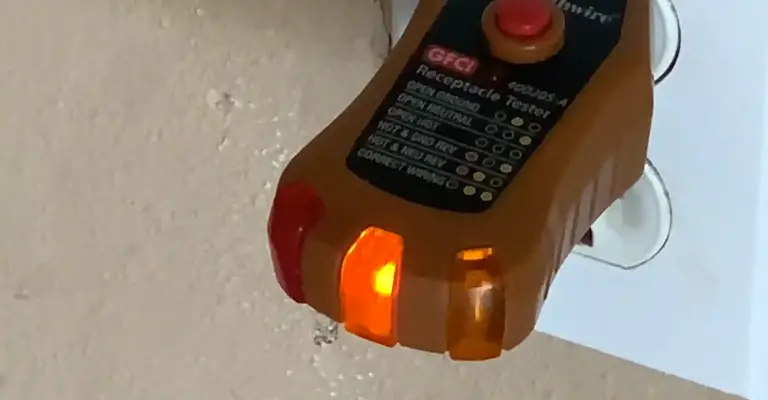
When Does Hot Neutral Reverse Occur?
It often happens when the wires are upstream from an outlet. In one word, it occurs when the white wire is on the brass terminal and the black wire is on the silver terminal.
If you don’t have any experience of setting up any electrical appliances or circuits or you take the help of a dabbler while fixing the electrical issues of your home, you are most likely to face this type of problem.
The flipped wires of the outlet will not end your life, but they will shock you at any time and that is not a sweet experience at all.
Reasons Behind the Hot, Neutral Reverse Wiring
The main reasons behind the hot, neutral reverse wiring such as,
- A reversal in the electrical panel or at another connection between the panel and the outlet.
- Improper connection of the black and white wires to the electrical panel.
- Imperfect understanding of the red wire in a 3-wire or multi-wire branch circuit.
- A short circuit may generate “false” or reverse polarity.
- Unexpected electrical flow on an “off” neutral wire.
Correctly wired outlets won’t supply electricity if you switch off any of your home appliances or electronics. On the other hand, in reversed wires, the current will be in your electronics even if you suppose it is off, but you will get a shock while using them.
What Happens if the Neutral and Live Wires Are Swapped?
If you put the switch in the neutral line, the switch and fuse will appear in a neutral line. In the switch OFF state, your electrical item will have 220V, if you touch any part of it, you may get a deadly shock.
The Architecture of A Standard Outlet
A standard outlet (Duplex receptacle) or A typical 120-volt electrical circuit has two wires that carry electricity. The wire directly connects to the Earth, we call it the ground conductor or the neutral wire. The color of the neutral wire is white. The white-colored (neutral) connects to the silver-colored screw terminal on the electrical receptacle.
Moreover, the other wire doesn’t directly connect to the earth but completes the circuit by keeping contact with the earth, we call it an ungrounded conductor or hot wire. The color of the hot wire is normally black or red. But it can be anything in color except white. The hot wire has 120 volts to the ground.
How to Prevent Hot Neutral Reverse?
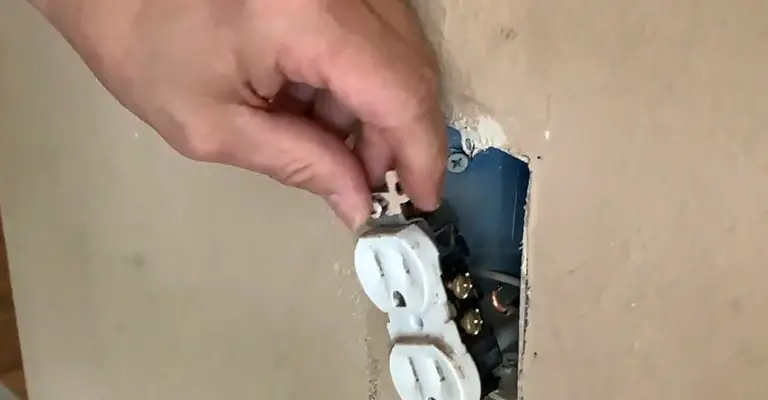
- Properly wire the Polarized Receptacles
- Notice the smaller opening attaches to the hot wire, the large opening connects to the neutral wire.
- Properly know the color codes of the wire and connect them rightly.
What Happens if You Plug Your Appliances Into a Receptacle With Reversed Polarity?
Even if the switch is turned OFF, the load inside the appliance gets the electricity supply and the electrical components are live.
What Happens if You Reversely Wire a Simple Lamp?
If you don’t reverse the polarity, the hot wire connects to the inside center of the bulb socket or screw-in base which is at the bottom of the socket and the threads of the regular light bulb socket connect to the neutral wire. The neutral wire also connects to the shell which is outside of the bulb.
But if the lamp is plugged into its reverse polarity, the hot wire energizes the metal “shell”. We generally replace a light bulb by touching the component “shell”. If the shell is vulnerable to hot wires, then there is a great chance of getting shocked.
How to Fix Hot Neutral Reverse?
Consider these solutions:
- Use a plug-in type voltage tester.
- Leave the plug-in tester plugged into the receptacle.
- Turn OFF the circuit breaker that is supplying voltage to the line.
- Remove the cover plate
- Inspect the wires whether the white-colored wire connects to the brass terminal or not. And fix it with a strip of the electrical tap.
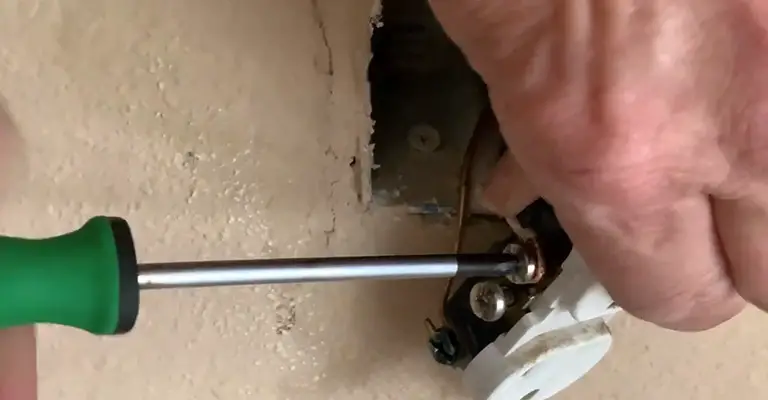
To Conclude
In summing up the intricacies of hot and neutral wires, it’s clear that understanding the concept of ‘hot neutral reverse’ is vital in ensuring the safe operation of our electrical devices and the overall stability of the power supply. It’s about respecting the basic rules of electrical work and recognizing the specific roles each wire—be it the hot, neutral, or ground wire—plays in the grand scheme of an electrical system. When each wire is correctly attached to its designated terminal on the circuit board, especially the neutral terminal, the risks of a wrong connection leading to electrical shock or other dangerous situations are drastically minimized.
A reversed hot and neutral wire situation can disrupt the standard functioning of your electrical appliances and could even pose a grave threat to your safety. In an ideal setup, neutral wires carry current back to the source, offering a clear and safe path. However, in a neutral reversed scenario, the neutral, which should not be hot, becomes energized, leading to an unexpected and hazardous circumstance. Thus, caution must always be exercised when dealing with any form of electrical work.
Like the hot neutral reverse hot ground reverse is also a dangerous phenomenon. The bottom line is that hot neutral reverse or reverse polarity in an electrical outlet is hazardous. From a functional point of view, it will work faultlessly in most cases. But it can cause damage to some electronics like computers. Hence, It is not recommended for safety issues because it makes the electronics vulnerable to get a shock.

